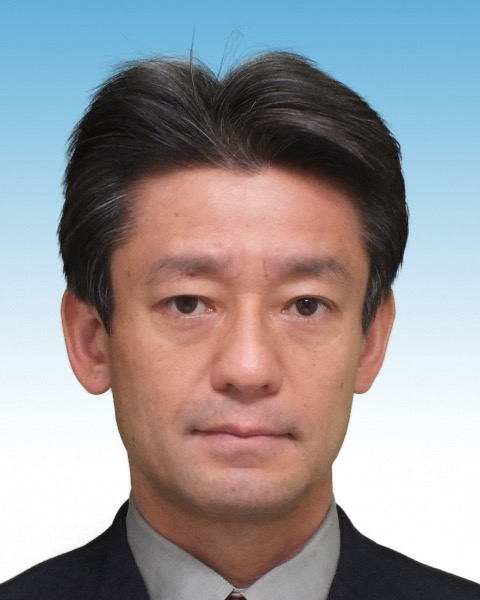Congenital
Category: Scientific Abstract: Oral/Poster
Vascular compression of the main bronchus in patients with intracardiac anomaly: causative factors and results of direct airway suspension
M. Ando1, T. Nishino2
1Kanazawa Medical University, Ishikawa, Ishikawa 2Kanazawa Medical University, Kanazawa, Ishikawa
1Kanazawa Medical University, Ishikawa, Ishikawa 2Kanazawa Medical University, Kanazawa, Ishikawa

Makoto Ando (he/him/his)
Kanazawa Medical University
Ishikawa, Ishikawa, Japan
Presenting Author(s)
Disclosure(s):
Makoto Ando, n/a: No financial relationships to disclose
Purpose: Main bronchus (MB), coursing through aortopulmonary space, is susceptible to vascular compression (VC). Anteriorly-deviated descending aorta (DA), after arch repair, is a well-known causative factor (CF), but others aren’t documented. Our aim was to review our surgical results of VC with intracardiac anomaly, and identify CFs to improve surgical planning.
Methods: 334 patients, having intracardiac anomaly (2008-), underwent surgery for MB compression. Our practice was to completely mobilize and remove the compressing vessel, and directly suspend the airway wall to rigid prosthesis (external stent=ES, 31 patients), vertebra (3), or ascending aorta (AA) (1). Female/male was 14/20 and median age was 6.5 (1.8-77.1) months. Intracardiac anomalies included CoA/IAA complex (11), HLHS and variants (5), absent pulmonary valve (3), ASD (3), single ventricle (3), TGA (3), VSD (2), and 1 each of TOF, MSR, TAPVC, and truncus arteriosus. Aortic arch repair was performed in 18. Median follow-up was 4.5 (-15.2) years. Definition of dilated AA or pulmonary artery (PA) was (diameter)÷(BSA) > 0.4m, flat chest was Haller index=(width of ribcage)÷(distance from sternum to vertebra) >2.5, anterior deviation of DA was >50% in front of vertebra, and low arch was aortic arch coursing caudally to compress the MB from above.
Results: Responsible vessels (Modes of compression) were PA+DA (13 patients), DA alone (6), Left atrium+DA (5), aortic arch (3), PA alone (3), AA alone (2), AA+aberrant subclavian artery (ASCA) (1) and PA+SCA (1). Anteriorly-deviated DA, cardiomegaly, flat chest, dilated PA, low arch, dilated AA, post-sternotomy funnel chest, and ASCA were identified as CFs (Figure). In 20 patients, single factor of the above was involved. In other patients, ≧2 factors were involved: 2 factors (9 patients), 3 factors (5) and 4 factors (1). There were 4 mortality cases: 2 in-hospital due to aortic perforation and 2 after discharge from sudden death. 5 required stent removal at 1.7 (1.3-6.6) years after operation. The reasons included stent perforation to the aorta (2 patients), stent infection (1) stent perforation to the airway (1) and obstruction of the PA (1). Progressive dilatation of the aorta or heart was observed in patients with stent perforation. Kaplan Meir analysis revealed survival of 96% at 1 year, 87% at 5 years, and 80% at 8-15 years. A follow-up CT performed >10 years after ES, (n=6) revealed the narrowest diameter of the airway per reference (diameter just proximal to the stent) of 94% (minimum 90%).
Conclusion: Multiple CFs were involved in development of VC in patients with intracardiac anomaly. These CFs included non-vascular ones such as cardiomegaly and sternal deformity. Aortopexy, although theoretically effective for the anteriorly-deviated DA, may be ineffective when other CFs are involved. Excellent long-term airway patency was demonstrated after ES. However, stent perforations were observed, possibly due to progressive cardiovascular dilatation causing compressive pressure on the prosthesis. Direct airway suspension to the vertebra may be another option, obviating the use of prostheses and associated complications. Also, pharmacological therapy of cardiomegaly and treatment of funnel chest may be important adjuncts to airway surgery.
Identify the source of the funding for this research project: There is nothing to disclose.
